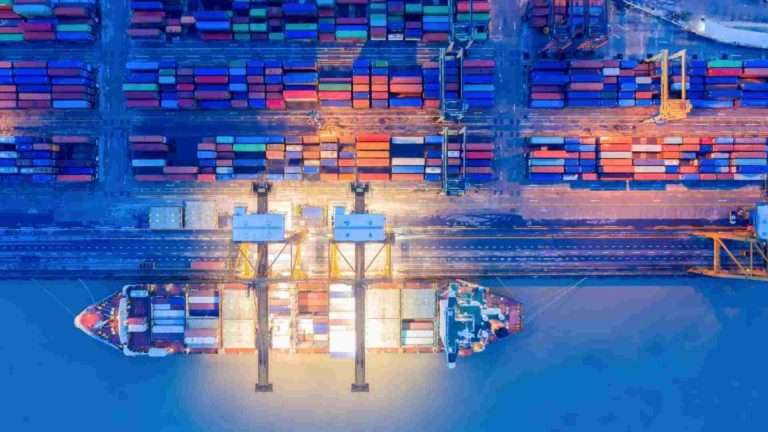
Building Resilience in Supply Chains
Global supply chains are incredibly intricate, spanning continents and oceans. However, they are not without challenges, including disruptions caused by natural disasters, global crises, and unforeseen events. In this article, we explore the strategies logistics professionals employ to mitigate these risks and maintain resilient supply chains—and how services like drayage, intermodal service, and bonded shipments play a crucial role.
Diverse Sourcing for Risk Mitigation
Relying on a single source for critical components or materials can be risky. Logistics professionals often employ a diverse sourcing strategy:
- Supplier Diversification: Working with multiple suppliers for essential components reduces the risk of disruption if one supplier encounters issues.
- Geographic Diversity: Sourcing from suppliers in different regions mitigates localized disruptions.
- Safety Stock: Maintaining extra stock of critical components ensures continuity during supply interruptions.
Inventory Buffering for Contingencies
Building inventory buffers is a proven tactic to address supply chain disruptions:
- Safety Stock: Extra inventory can bridge the gap during unforeseen delays or shortages.
- Demand Forecasting: Advanced forecasting techniques keep inventory lean while ensuring availability. Reliable warehousing and transloading services are essential for managing this balance effectively.
Digital Visibility for Rapid Response
Real-time visibility into the supply chain is invaluable for swift responses:
- Supply Chain Visibility Tools: Software and analytics provide insights into every stage of the chain, enabling proactive decisions.
- Risk Assessment: Identifying vulnerabilities allows for preventive action, often supported by services like bonded shipments that ensure compliance and reduce clearance delays.
Collaboration and Communication
Effective collaboration and communication are the backbone of resilient supply chains:
- Supplier Collaboration: Strong supplier relationships foster open communication and mutual support during disruptions.
- Crisis Response Plans: Well-practiced response plans help teams react quickly in emergencies, minimizing costly downtime in intermodal yard and port operations.
Conclusion
Supply chain disruptions are inevitable, but they can be managed through strategic planning, diversification, digital visibility, and collaboration. With services like drayage, intermodal yard solutions, warehousing & transloading, and bonded shipments, Innovations Logistics helps businesses build resilient global supply chains that can adapt to uncertainty and keep goods moving.


